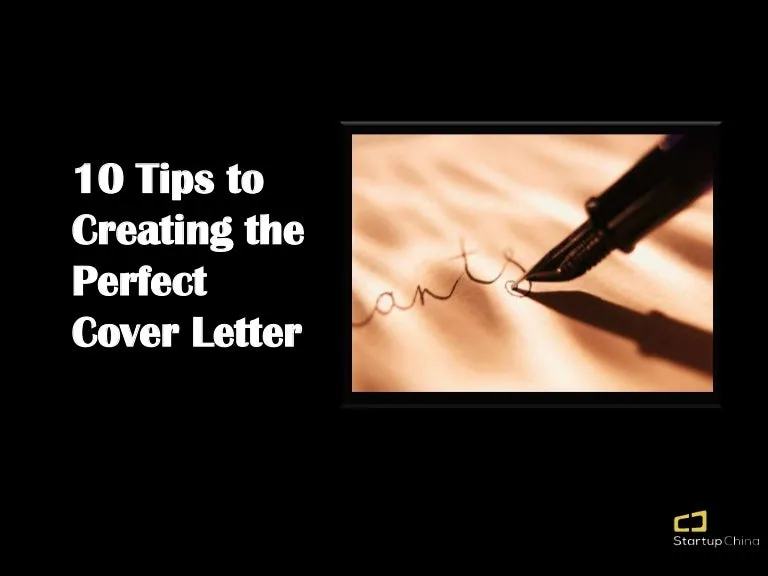Understanding the Perfect Cover Letter
A cover letter is more than just a formality; it’s your first introduction to a potential employer, a crucial tool in your job search arsenal. This document provides you with the opportunity to expand on the information presented in your resume, showcasing your personality, passion, and qualifications in a way that a list of bullet points simply cannot. A well-crafted cover letter can be the deciding factor in whether your application makes it to the interview stage. It offers a space to demonstrate your writing skills, your understanding of the role, and your genuine interest in the company, effectively setting you apart from other candidates and increasing your chances of landing your dream job.
Why a Cover Letter Matters
In a competitive job market, a cover letter provides context to your resume, explaining why you’re the ideal fit for the specific role and company. It’s your chance to tell a story, highlighting your relevant experiences, skills, and achievements while connecting them to the employer’s needs and objectives. While a resume presents a factual overview of your background, a cover letter allows you to express your enthusiasm, demonstrate your communication abilities, and provide a personalized touch that resonates with the hiring manager. It underscores your understanding of the job requirements and your proactive approach to the application process, all of which increase your chances of securing an interview.
What Recruiters Look For in Cover Letters
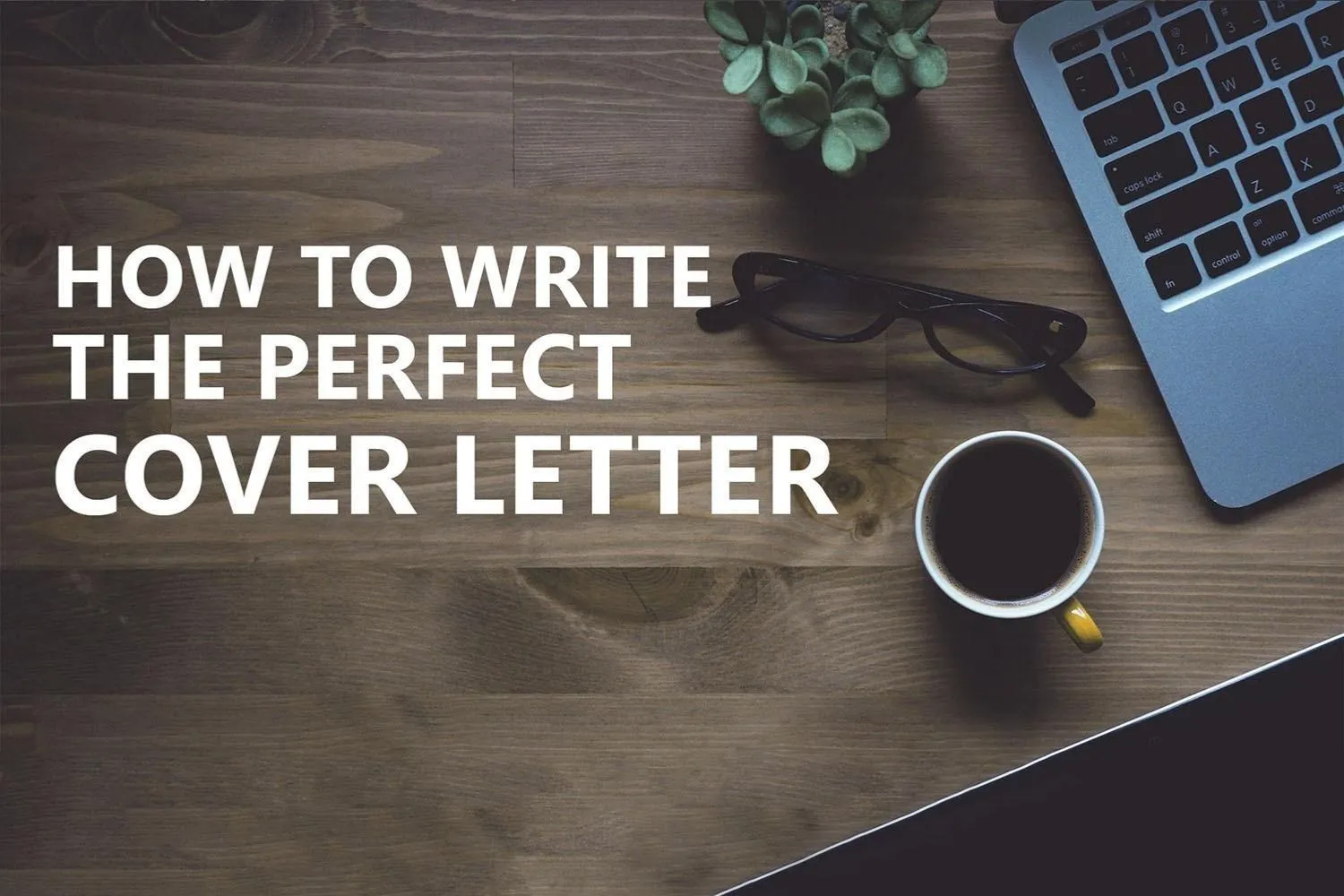
Recruiters seek several key elements in a cover letter. Primarily, they assess how well your skills and experience align with the job requirements and the company’s values. They look for evidence of your writing ability, attention to detail, and the ability to communicate your qualifications effectively. A strong cover letter should demonstrate your understanding of the role, the industry, and the company’s mission. Moreover, recruiters want to see your genuine interest in the opportunity and your proactive approach to seeking employment. They often evaluate how well you’ve researched the company and tailored your letter to address their specific needs. Ultimately, a compelling cover letter should convince the recruiter that you’re a strong candidate and worth interviewing.
Key Components of a Winning Cover Letter
A winning cover letter comprises several crucial elements, each playing a vital role in creating a compelling narrative. From the header to the closing, every section should be carefully crafted to reflect professionalism, enthusiasm, and a clear understanding of the job requirements. Each component contributes to the overall impact, conveying your qualifications and demonstrating your suitability for the role. Proper organization and attention to detail, from the salutation to the sign-off, are essential to leave a lasting positive impression on the hiring manager and to make your application stand out from the competition.
The Header Your Contact Information
Begin your cover letter with a professional header. Include your full name, contact number, email address, and optionally, your LinkedIn profile URL. This ensures the hiring manager can quickly and easily reach you. Make sure your email address sounds professional. Using a simple, straightforward email address is best; avoid nicknames or unprofessional language. Formatting is key here: align the header neatly, making it easily readable. This section sets the tone for the rest of the document, so clarity and professionalism are essential.
The Salutation Addressing the Hiring Manager
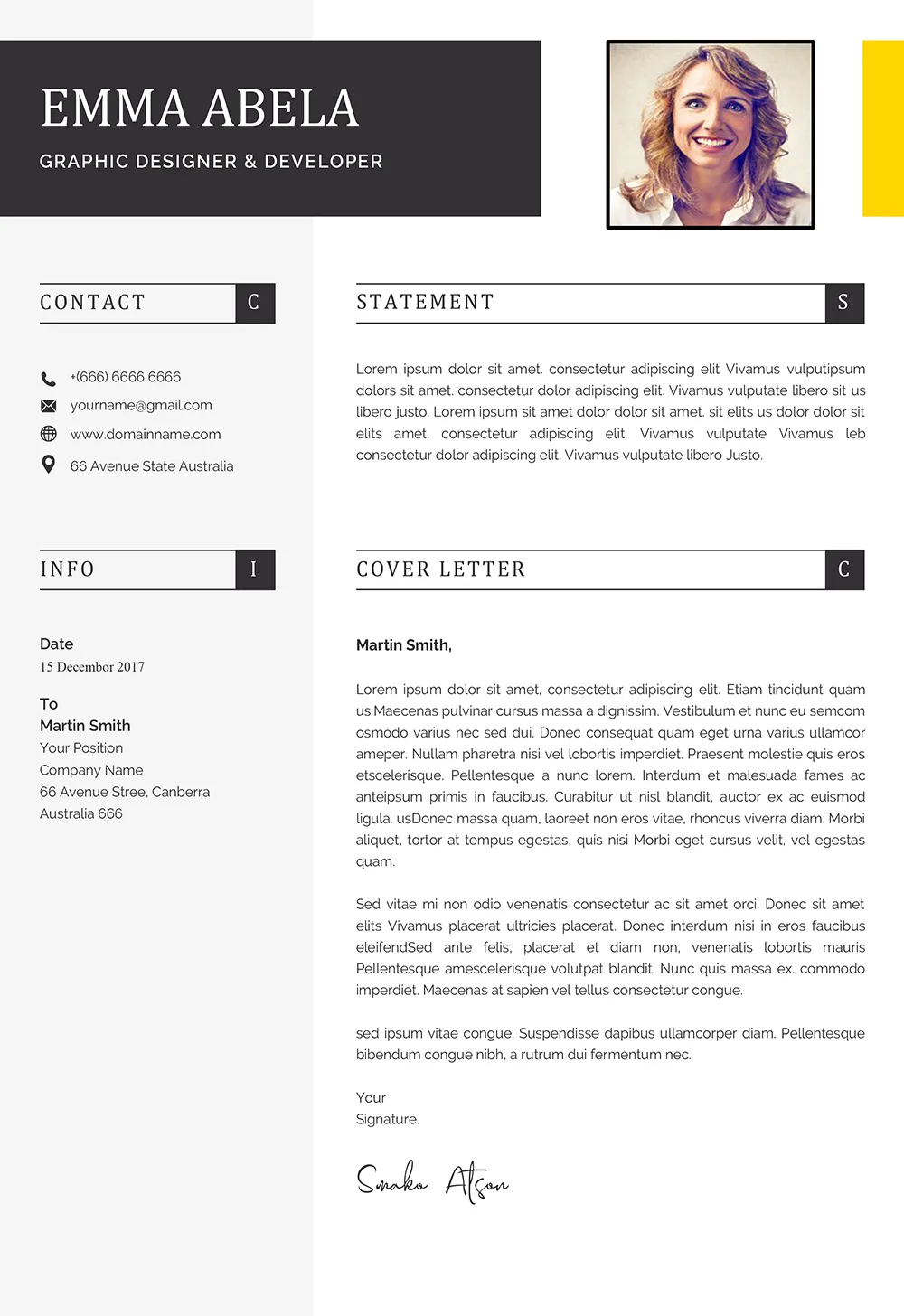
Address the hiring manager by name whenever possible. Research the company website or LinkedIn to find the correct person. Use “Dear Mr./Ms./Mx. [Last Name]” to show you’ve taken the initiative to personalize your letter. If you can’t find a name, use a professional alternative such as “Dear Hiring Manager” or “Dear [Company Name] Hiring Team.” Avoid generic greetings like “To Whom It May Concern,” which can make your letter seem impersonal and show a lack of effort. The salutation sets the tone for the rest of your letter.
The Opening Grab Attention Immediately
Your opening paragraph is critical. It’s your first chance to capture the reader’s interest. Instead of a generic opening, express your enthusiasm for the role and the company. Clearly state the position you’re applying for and where you found the job posting. Briefly mention a key achievement or skill that aligns with the job requirements. This should be a concise and engaging introduction that showcases your understanding of the role and your ability to provide value. Your opening should be compelling and grab their attention immediately, setting the stage for the rest of your application.
Showcasing Your Value & Skills
In the body of your cover letter, focus on showcasing your relevant skills and experiences, demonstrating how they align with the job requirements. Carefully read the job description and identify the key skills and qualifications the employer is seeking. Use specific examples from your past experiences to illustrate how you have applied these skills and achieved positive results. Tailor your examples to the company’s needs, demonstrating how your skills and achievements will benefit them. Frame your experiences in a way that highlights your achievements and capabilities, showing the hiring manager what you can bring to the table.
Highlighting Relevant Experience

Provide clear examples of your accomplishments and responsibilities in previous roles. Focus on your key achievements and how they contributed to the success of your former employers. Use the STAR method Situation, Task, Action, Result to structure your examples, allowing you to concisely explain the context, your role, and the positive outcomes you achieved. Quantify your achievements whenever possible, using numbers and data to illustrate your impact. This section should give the hiring manager a clear picture of your capabilities and demonstrate your potential value to their organization.
Quantifying Your Achievements with Numbers
Use numbers and data to back up your claims and demonstrate your impact. Instead of saying “Improved customer satisfaction,” say “Increased customer satisfaction by 15% within six months.” Quantifying your achievements makes them more credible and provides tangible evidence of your abilities. Always provide context, clarifying what your numbers mean and why they matter. Metrics demonstrate your achievements and abilities and give a more complete and persuasive account of your experience.
Tailoring Your Cover Letter to the Job
Customize each cover letter to the specific job and company. Avoid using generic templates. Carefully review the job description and identify the key requirements and preferred qualifications. Then, tailor your letter to address these points directly, showing how your skills and experiences align with the specific needs of the role. Show that you’ve researched the company and understand its values, mission, and goals. By demonstrating that you understand their business and tailoring your letter accordingly, you increase your chances of making a strong impression and landing an interview.
Researching the Company & Position
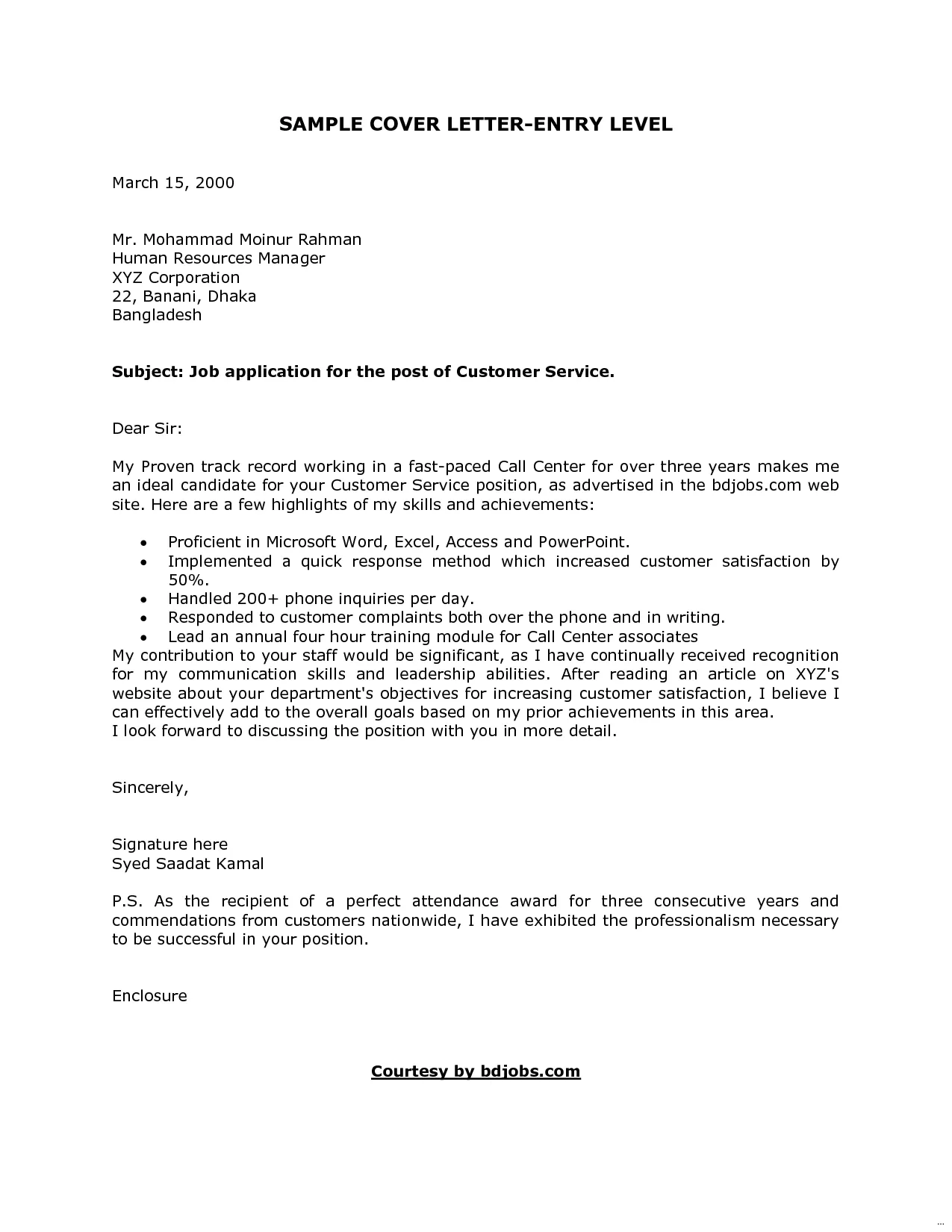
Demonstrate your interest in the company and the specific role. Research the company’s mission, values, and recent projects. Visit their website, read news articles, and check their social media accounts. Show that you understand their industry, challenges, and goals, and articulate why you’re excited about the opportunity. Show how you fit into their plans, demonstrating that you’re not just seeking a job but a long-term career with them. This extra effort highlights your initiative and genuine interest, which is crucial to standing out.
Using Keywords from the Job Description
Integrate keywords from the job description naturally throughout your cover letter. Identify the essential skills and qualifications listed in the job posting and incorporate them into your writing. This approach ensures that your application aligns with what the employer is seeking. Avoid keyword stuffing, where you excessively repeat keywords, which can make your letter sound unnatural and detract from its readability. By using keywords strategically and contextually, you help your letter pass through applicant tracking systems ATS and demonstrate your understanding of the job requirements.
The Call to Action Encouraging Contact
Conclude your cover letter with a clear call to action. Politely express your interest in an interview and provide information about how you can be contacted. Make it easy for the hiring manager to take the next step. Provide your contact information again, if needed, and indicate your availability for an interview. Express enthusiasm for the opportunity and reiterate your interest in the role. Be confident and proactive in your request.
The Closing Thanking the Reader
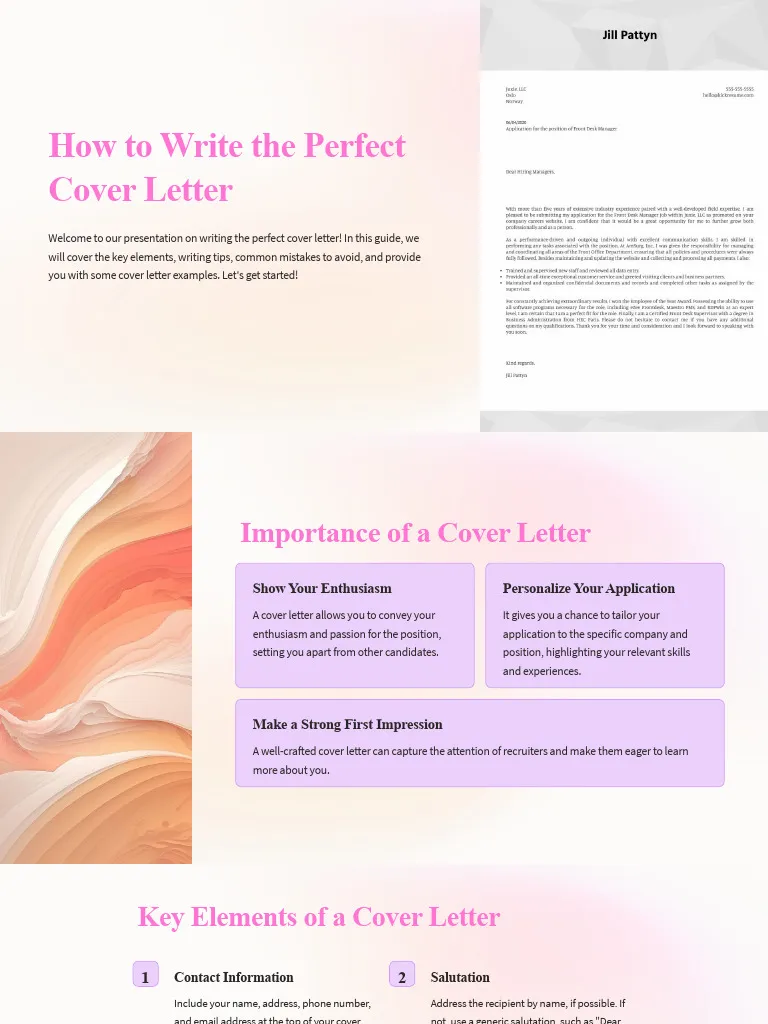
End your cover letter with a professional closing. Use “Sincerely,” “Best regards,” or “Thank you for your time and consideration” followed by your full name. Avoid informal closings. Proofread the entire letter one last time before submitting to ensure it is error-free. A professional closing reinforces your positive impression and leaves the reader with a final reminder of your interest and qualifications.
Formatting & Presentation Matters
The format and presentation of your cover letter significantly impact the reader. A well-formatted letter is easier to read and conveys professionalism. Make sure your document looks clean, clear, and well-organized, which reflects your attention to detail. Choose a professional, easy-to-read font and ensure consistent formatting throughout, which highlights your professionalism and increases your chances of success.
Choosing the Right Font & Font Size
Select a professional and readable font such as Times New Roman, Arial, Calibri, or Helvetica. The font size should be 10-12 points, making it easy for the hiring manager to read. Use a consistent font style throughout your letter. Avoid overly decorative or unusual fonts that might distract the reader. Keep the formatting clean and straightforward to create a polished look that reflects positively on your attention to detail. A well-chosen font enhances readability and shows respect for the reader.
Proofreading & Editing for Errors

Thoroughly proofread and edit your cover letter to eliminate typos, grammatical errors, and inconsistencies. Errors detract from your professionalism and may damage your chances of getting an interview. Check your spelling, grammar, punctuation, and sentence structure. Read the letter aloud to catch any awkward phrasing or mistakes. It is also beneficial to have someone else review your letter; another pair of eyes can often spot errors you might miss.
Avoiding Common Cover Letter Mistakes
Be aware of the common pitfalls that can undermine your cover letter and negatively impact your application. By knowing these mistakes, you can ensure your cover letter is polished and compelling. Avoid these errors to increase your chances of securing an interview and landing your dream job.
Generic Cover Letters A Big No-No
Never use a generic, one-size-fits-all cover letter. These letters demonstrate a lack of effort and fail to demonstrate your genuine interest in the specific role or company. Tailor each cover letter to the job and company. Research the organization and address the job description’s specific requirements. Customize your letter to show you understand their needs and articulate how your skills and experience make you the ideal candidate. This personalized approach significantly increases your chances of securing an interview.
Ignoring the Job Description
Failing to address the requirements listed in the job description shows a lack of attention to detail and can make you seem unqualified. Thoroughly review the job description and identify the skills, qualifications, and experiences the employer is seeking. Tailor your cover letter to highlight how your abilities match these requirements. Provide specific examples of how you’ve demonstrated these skills in previous roles. Ignoring the job description means you miss an opportunity to clearly show how you fit and reduce your chances of getting an interview.
Typos & Grammatical Errors
Typos and grammatical errors can make your application look unprofessional and reflect poorly on your attention to detail. These mistakes undermine your credibility and can make you seem less capable. Always proofread your cover letter multiple times. Check spelling, grammar, punctuation, and sentence structure to ensure your letter is polished and error-free. It’s also a good idea to have someone else review your letter.
Submitting Your Cover Letter
Before submitting your cover letter, carefully check the job posting instructions. Ensure you follow any specific guidelines or formatting requests. Save your cover letter with a professional file name, such as “YourName_CoverLetter_JobTitle.” Always send your cover letter as a PDF file, which preserves the formatting. By paying attention to these details, you show that you are prepared for the job.
File Format & Naming Conventions
Use a consistent, professional file name when saving your cover letter. Include your name and the job title in the file name. The best practice is to save your document as a PDF to preserve the formatting and ensure it looks the same on any device. PDF files are widely compatible and maintain the original formatting, so the hiring manager will see your letter as you intended. Proper formatting enhances readability and reflects your professionalism, increasing your chances of making a positive impression.
